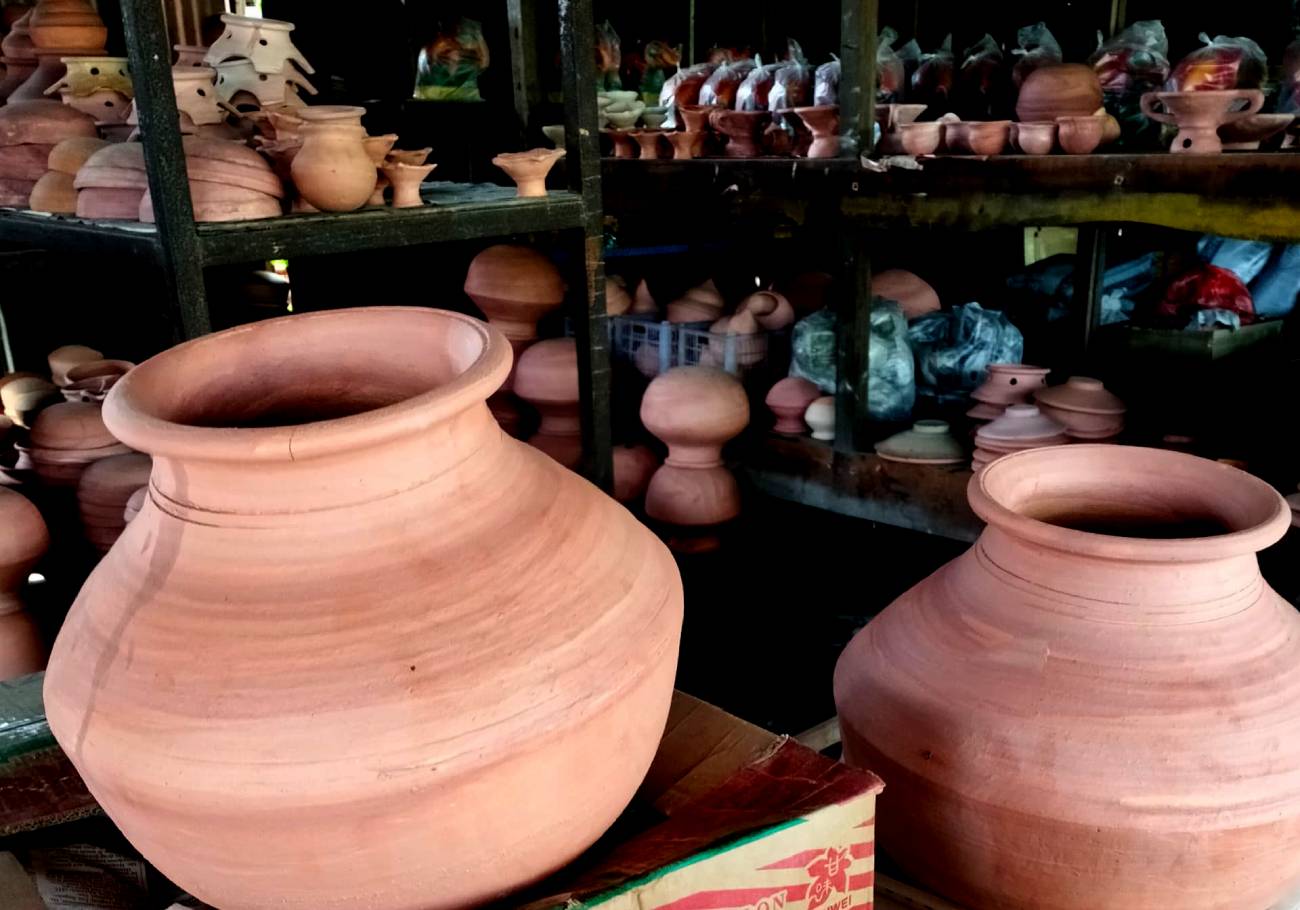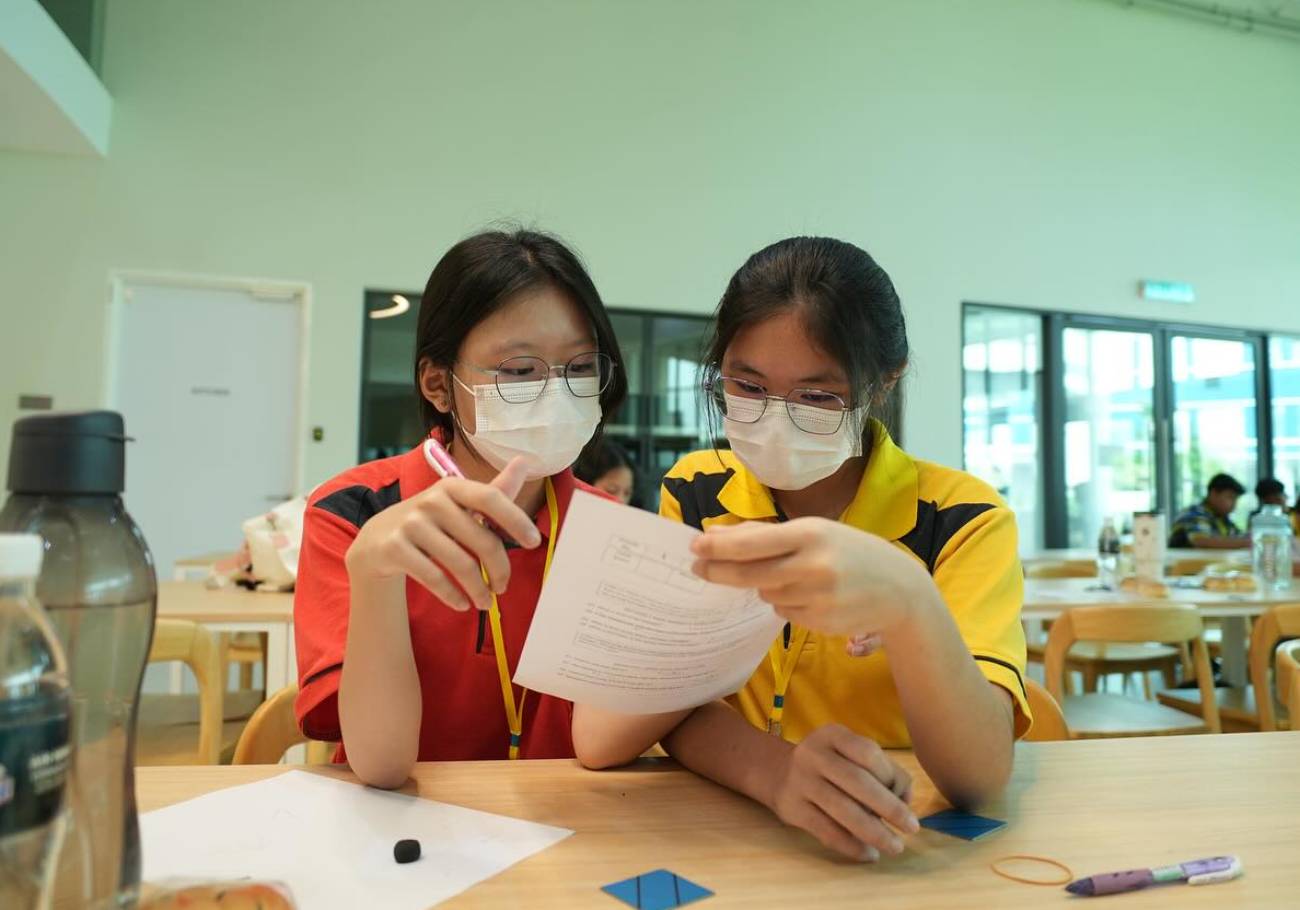On 19 April 2011, the President of the Republic of Singapore, S R Nathan, on the advice of the Prime Minister, dissolved Singapore’s 11th Parliament.
27 April has been designated as Nomination Day, when candidates present their papers at nomination centres. Polling Day will be on 7 May 2011.
In the words of the average Singaporean, “Bo zheng hu liao! Elections lai liao!” (“No more government! Elections are here!”)
First-time voters aplenty
Voting is compulsory in Singapore, but the general elections 2011 will see many first-time voters. According to
Past elections saw ‘walkovers’ in numerous constituencies, which meant that residents of that constituency did not have the opportunity to vote. In 2006, 47 seats out of 84 were contested.
However, the coming elections hold the possibility of Singaporeans seeing almost every constituency in the country contested by an opposition party. The number of seats to be contested this year is expected to be around that of the 1988 elections, where 86% of the seats were contested.
A total of 2,311,582 Singaporeans are eligible to vote in the coming elections.
Singapore’s ruling party, the People’s Action Party (PAP), has been in power since the nation’s independence in 1965.
The Group Representative Constituency system
According to the Electoral Boundaries Report released this year, there will be 27 constituencies in the 2011 general elections.
Out of the 27 constituencies, there are:
- 12 Single Member Constituencies (SMCs)
- 2 four-member Group Representative Constituencies (GRCs)
- 11 five-member Group Representative Constituencies (GRCs)
- 2 six-member Group Representative Constituencies (GRCs)
The GRC system is one that is unique to Singaporean politics. It was introduced in 1988 to allow for minority representation. However, as the electoral boundaries are redrawn before every elections, critics and opposition parties have often accused the PAP of gerrymandering.
During the elections, political parties put forward teams (made up of either 4, 5 or 6 members) to contest in a particular constituency. The party that wins the largest share of the votes will win the whole constituency, and all the seats in Parliament from that particular constituency.
PAP GRC teams are often led by Cabinet Ministers, such as Minister Mentor Lee Kuan Yew in five-member Tanjong Pagar GRC or Prime Minister Lee Hsien Loong in six-member Ang Mo Kio GRC, which is believed to give the PAP considerable advantage in the contest.
Although certain opposition politicians have won in SMCs, no opposition party has ever won a GRC.
The Tin Pei Ling furore
The GRC system has also be criticised for allowing untested and inexperienced candidates to slip through into Parliament without having to prove their worth in a proper fight. The most recent example is that of 27-year-old Tin Pei Ling, put forward by the PAP as a new candidate for the coming elections.
Singaporeans, in online blogs, discussion threads and forums, have criticised Ms Tin as being too inexperienced to be a capable Member of Parliament. Her failure to put forward any concrete or detailed suggestions about policies that need to be amended or revised has also drawn criticism of her being yet another “yes-man” in the ruling party.
However, as Ms Tin will be standing for elections in MacPherson, which is part of the five-member Marine Parade GRC led by Senior Minister Goh Chok Tong, it is very likely that Ms Tin will be able to enter Parliament based on the SM Goh’s popularity in his constituency.
Contrasted with the fact that highly qualified and experienced individuals from opposition parties, such as Sylvia Lim from the Worker’s Party, might not be able to enter Parliament as they will have to fight for votes in the elections, the GRC system has been seen as one that tilts the playing field in favour of the ruling party.
Cooling-Off Day
General elections 2011 will also be the first elections that sees in the addition of a cooling-off day.
Cooling-Off Day will be the day before Polling Day. On this day, election advertising in all media, including the Internet, is prohibited. People will not even be allowed to display party symbols on that day.
However, this law does not include publications licensed by the Newspaper and Printing Presses Act.
Although the government has justified the inclusion of Cooling-Off Day as allowing voters to take a step back form the campaigning period to reflect on the different parties before casting their vote, opposition parties have criticised this law as yet another instance of gerrymandering.
Most of Singapore’s mainstream media, licensed by the Newspaper and Printing Presses Act, are state-owned, with close ties to the PAP. This might give the PAP a distinct advantage, on a day when all other media platforms (such as blogs and socio-political websites) have been silenced.
Election Predictions
With increasing dissatisfaction about the rising cost of living and influx of foreigners, many have predicted that the PAP will not do so well in this coming election.
However, much of fiercest criticism is still contained on the Internet, and the results of the elections might still disappoint those hoping for more of an opposition presence in Parliament.












